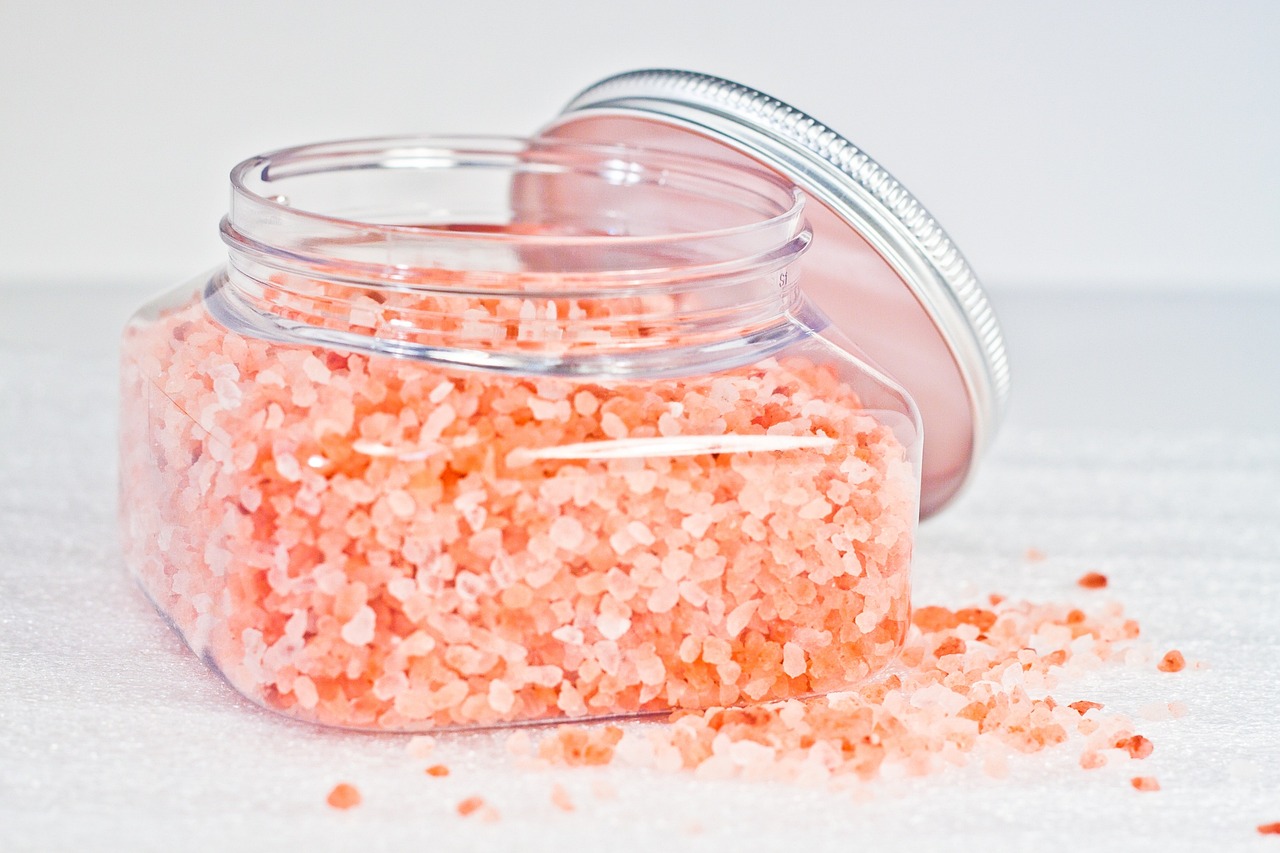Pink Salt
Geological Origin:
Himalayan pink salt is believed to have originated from ancient seas that crystallized over millions of years, resulting in deposits deep within the earth. The beautiful pink color is attributed to the presence of trace minerals, including iron, magnesium, potassium, and calcium, which impart the characteristic hue to the salt crystals.
Purity and Mineral Composition:
One of the key features of Himalayan pink salt is its remarkable purity. Mined from deep within the Himalayan mountains, this salt is free from environmental pollutants and modern contaminants. Its mineral composition includes around 84 trace minerals, making it a rich source of essential elements that are often lacking in processed table salts.
Distinctive Pink Color:
The stunning pink color of Himalayan salt is a result of the varying mineral content within the salt crystals. The shades can range from pale pink to deep rose, creating a visually appealing and unique culinary experience. This distinctive color has made Himalayan salt a popular choice for both cooking and decorative purposes.
Culinary Uses:
Himalayan pink salt is celebrated for its versatility in the kitchen. It can be used in various culinary applications, including seasoning, marinating, and finishing dishes. Some chefs and food enthusiasts prefer its nuanced flavor, which is milder and less harsh than common table salt. Its coarse texture and delicate taste make it an excellent choice for enhancing the natural flavors of foods.
Health and Wellness:
Beyond its culinary uses, Himalayan pink salt is often promoted for its potential health benefits. Advocates claim that it may support electrolyte balance, hydration, and even respiratory health. It is worth noting that while it does contain trace minerals, these are present in small amounts, and any health benefits should be viewed with a balanced perspective.
Spa and Wellness Practices:
Himalayan salt has found its way into spa and wellness practices. It is used in the creation of salt lamps, bath salts, and salt blocks for cooking. Some people believe that the negative ions released by Himalayan salt lamps can have positive effects on indoor air quality and overall well-being.
Environmental Considerations:
The mining of Himalayan pink salt is conducted with environmental sustainability in mind. Many companies adhere to responsible mining practices, minimizing the ecological impact on the Himalayan region. This commitment to sustainability adds another layer to the appeal of Himalayan salt for environmentally conscious consumers.
Conclusion:
Himalayan pink salt, with its captivating color, rich mineral content, and diverse applications, has become a staple in kitchens and households around the world. Whether used for culinary purposes, health and wellness, or aesthetic appeal, this unique salt from the heart of the Himalayas continues to capture the fascination of those seeking a natural and distinctive seasoning option.
